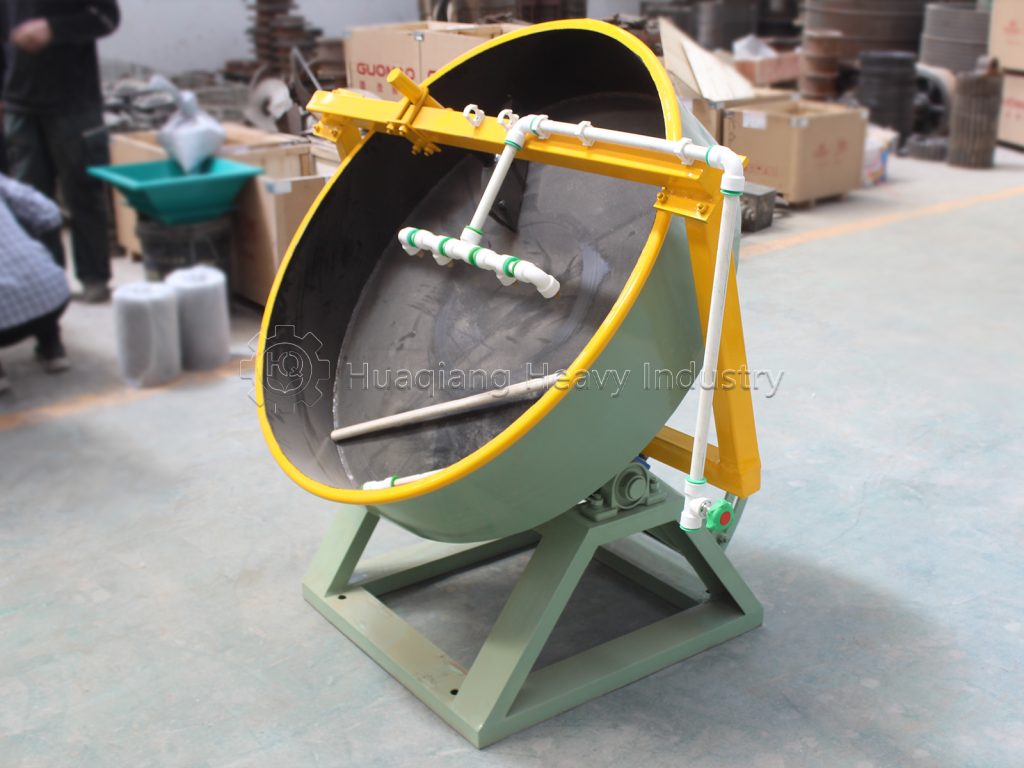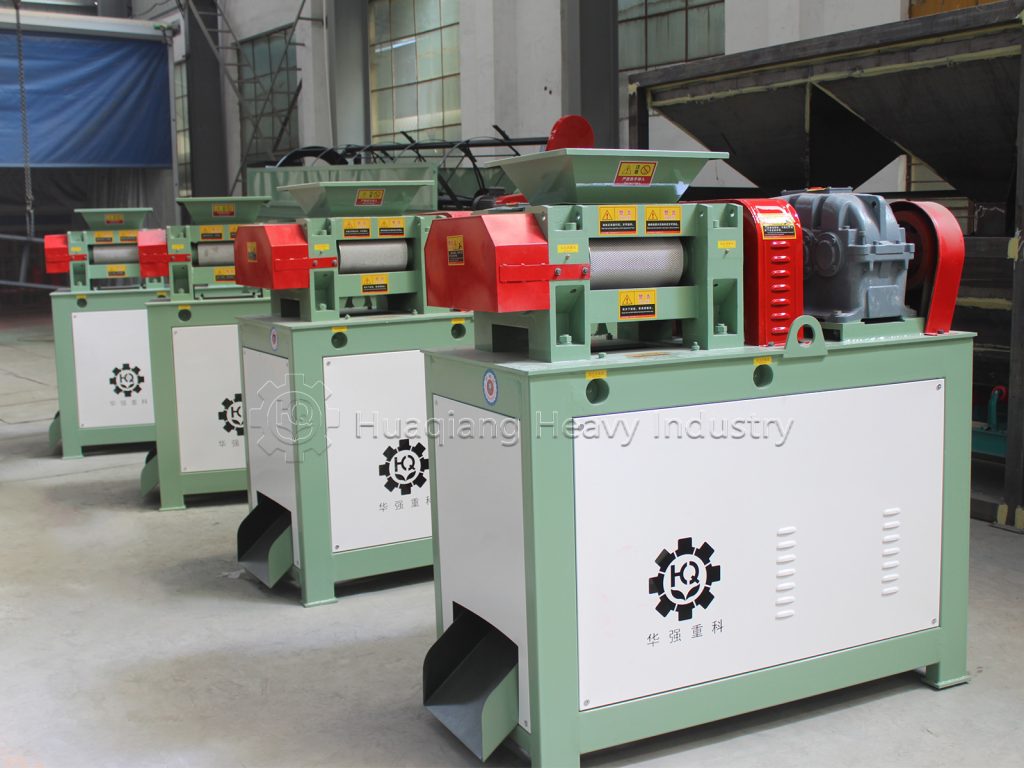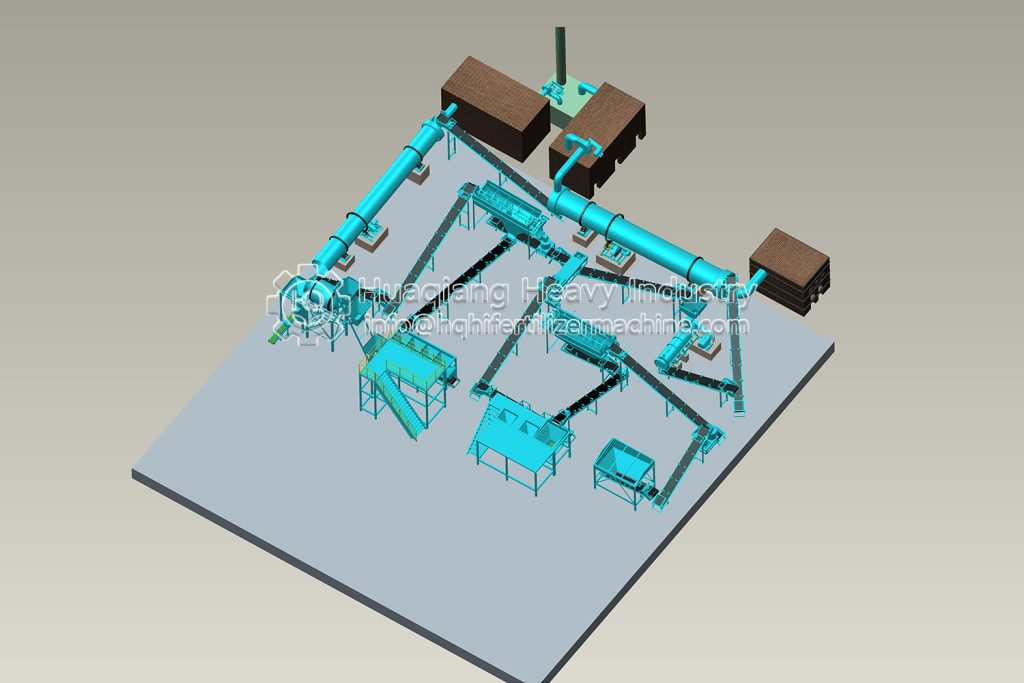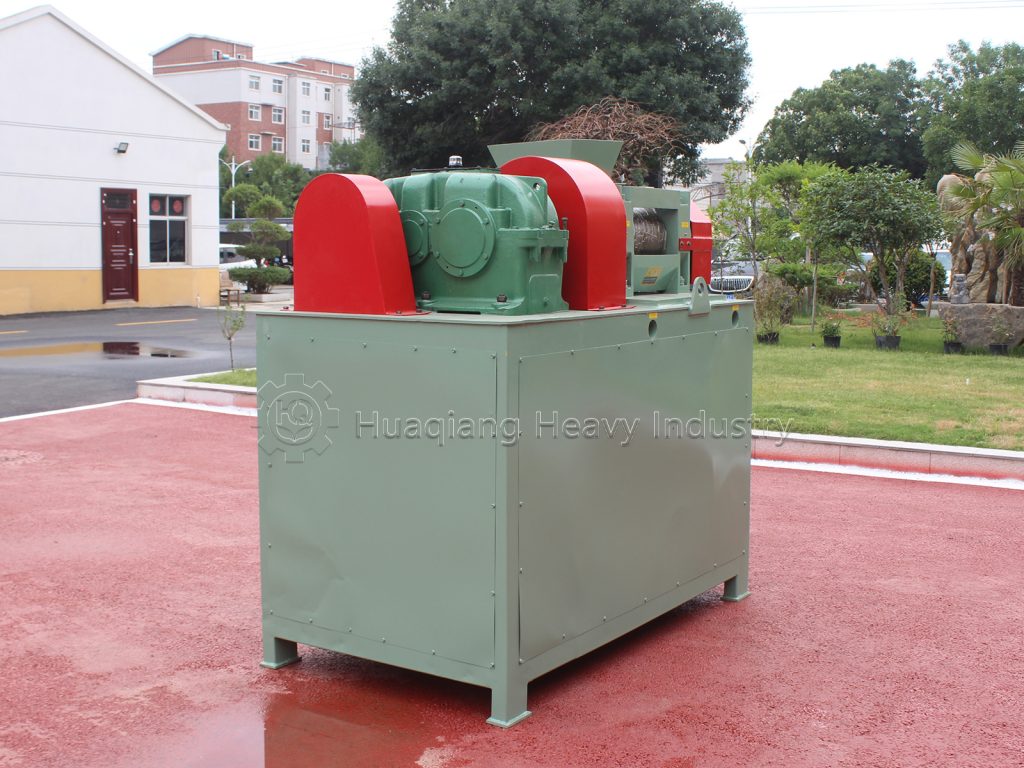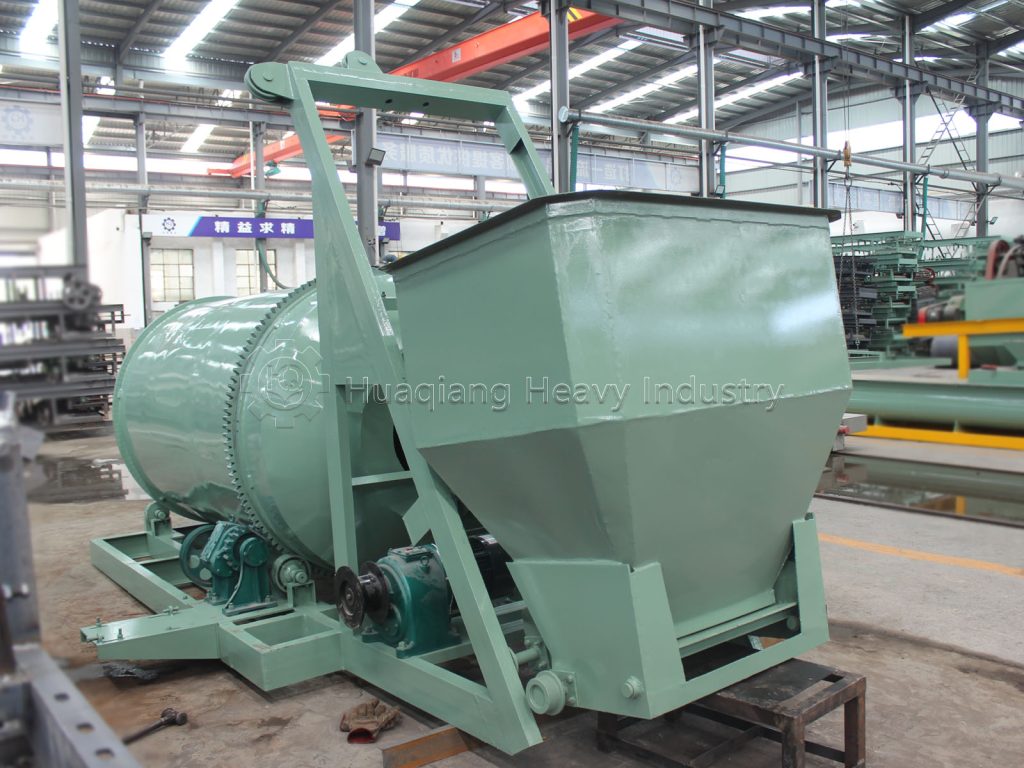A well-maintained disc granulator, like a regularly serviced sports car, maintains peak performance while significantly extending service life. Master these simple yet crucial maintenance techniques, and your equipment will reward you with longer service time and more stable product quality.
A well-maintained disc granulator, as a core component of an NPK fertilizer granulator machine, ensures efficient granulation in both the NPK manufacturing and production processes. Just as proper upkeep enhances equipment longevity and performance, optimized granulator operation directly impacts the quality and consistency of NPK fertilizers. The terms “NPK manufacturing process” and “NPK production process” are often used interchangeably, with the disc granulator playing a vital role in the granulation stage of these processes.

1. Daily Check: The “Morning Routine”
Before starting up each day, spend 5 minutes on a comprehensive “physical exam”: gently shake components to check tightness, listen for clear operating sounds from the transmission, and inspect the disc surface for abnormal wear. These small actions help identify potential issues early, preventing minor problems from becoming major failures.
2. Lubrication: The “Circulatory System”
Regularly replenishing specialized lubricant for bearings and gears is as important as nutrition for athletes. Always use the lubricant type recommended in the manual and strictly control the amount – too little causes insufficient lubrication, too much may lead to leaks. Maintain a lubrication record to ensure every maintenance is accurate.
⚠️ Special reminder: Different parts may have different lubrication intervals. For example, high-speed bearings may need weekly lubrication while low-speed gears may only need monthly lubrication.
3. Cleaning Habits: Details Make the Difference
Clean the disc granulator machine immediately after each production run before materials completely harden. Use specialized scrapers and compressed air, paying special attention to nozzle and liner seams. Regular surface dusting may seem simple but prevents 90% of unexpected failures.
4. Wear Parts Management: Prepare for Rainy Days
Maintain replacement records for wear parts like liners and bearings. When nozzle atomization becomes uneven or liner thickness wears beyond 10%, consider replacement even if still functional. Keep commonly used wear parts in stock to avoid production losses waiting for replacements.
5. Safe Operation: The Uncrossable Line
Adjustments are strictly prohibited during operation! All maintenance must follow the “shutdown-power-off-tagout” procedure. Please post safety operating procedures near the control panel and conduct regular safety training to strengthen everyone’s safety awareness.
Remember: Preventive maintenance typically costs only 1/10 of repair after failure. Invest small amounts of time in these routine maintenance tasks, and your disc granulator will create greater value for you.
